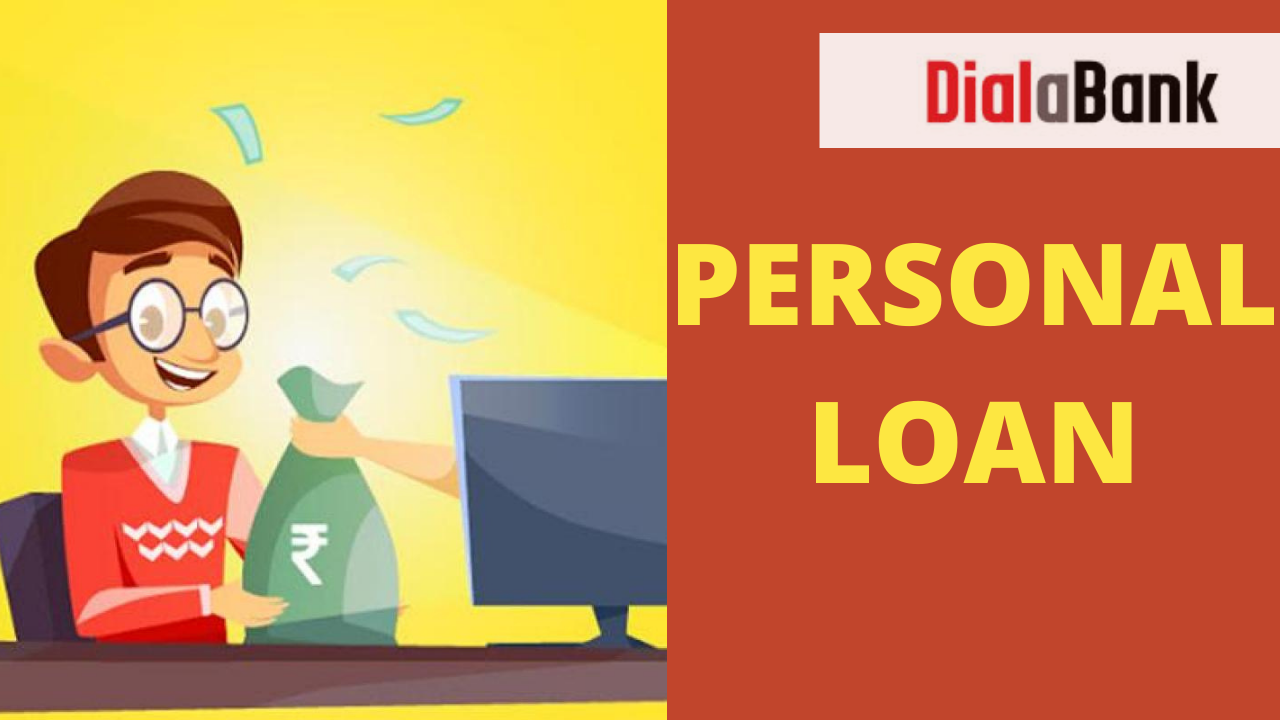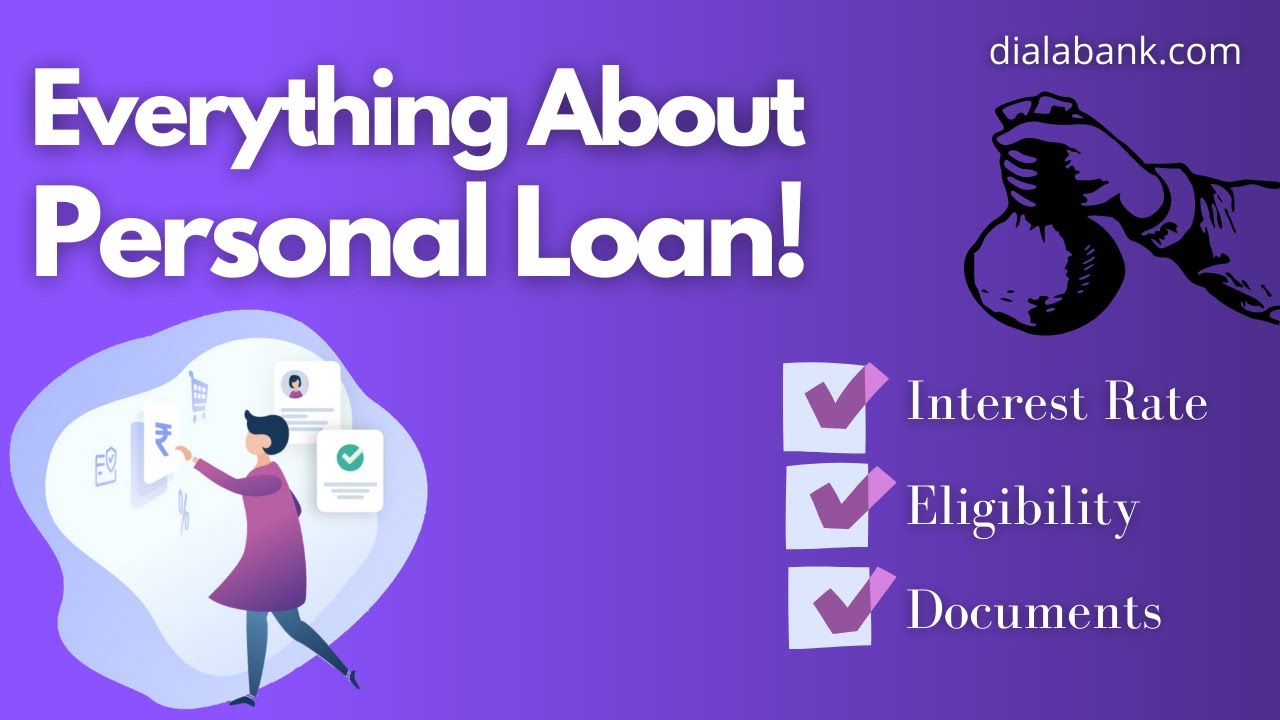
The most popular form of unsecured loan is a personal loan. When applying for a personal loan, you are not required to state the reason for the loan. This is also an instalment loan in which you repay the loan in equal monthly instalments (EMIs) for a set period of time. Personal loans are available from banks and non-bank financial institutions (NBFCs) both online and offline. Nowadays, they can also be availed of from the comfort of our homes with the “Personal Loan apply online” feature offered by most banks.
How to apply:
Almost all of the market's top lenders now offer their services through their websites. You can use your qualifications to apply for a loan on the bank's official website.
There are third-party loan aggregators that can assist you in locating the best deals on the market. You may compare the various loan products and choose the right one for your particular needs. This allows you to compare the interest rates and processing fees of various lenders before making a final decision.
You may also apply for a loan at a lender's branch office. With the introduction of the Internet, this is no longer the most common choice among today's borrowers. However, if you are not familiar with the Internet, you can use this option to apply for a loan.
Benefits:
Loan processing is convenient and straightforward. Unsecured loans have a simple and convenient application process. Customers are not expected to visit the lending bank's branch on a regular basis in order to obtain this form of a loan. These loans can also be obtained through an online application and are very simple to get.
Banks have a short turnaround period on unsecured loan applications. These loan applications are handled quickly, often in less than 24 hours. As a result, unsecured loans are a beneficial financial instrument in times of monetary emergency.
Since borrowers do not need to have collateral to obtain an unsecured loan, these loans have a higher interest rate than other types of loans. The interest rate on these loans is also determined by the loan applicant's monthly or annual income.
To obtain an unsecured loan, customers do not need to provide any collateral as insurance to the lending bank. If you fail to repay this form of loan, your properties are safe with you. Unsecured loans are becoming increasingly common among customers as a result of this distinguishing feature. According to the statistics at SBI Personal Loan, these loans are the most popular.
The greater the applicant's income, the greater the loan amount that banks give as an unsecured loan. This means that a customer can obtain unsecured loans based on his or her monthly or annual income.
Unsecured loans need very little paperwork. Most lenders now encourage consumers to send these documents electronically, and the whole process is paperless.
Factors influencing such loans: Before granting you a loan, a bank or an NBFC can consider many factors, including your salary, credit history, work status, and so on.
To understand your repayment capability, your lender can look at your past credit behavior. They want to ensure that their borrowers are financially disciplined enough to repay their loans on time.
Lenders usually examine your income to determine whether you will be able to repay comfortably. Many lenders impose a minimum income requirement to ensure that low-income people can not qualify for their loans.
Your lender may want to know whether you are a salaried employee or a self-employed applicant. They would also like to get details about your income.
Conclusion: Unsecured loans are those that are not protected by any kind of collateral or security. In the event of a default, the lender is not permitted to use collateral to recover the loan sum from the borrower. And if the borrower owns property or has insurance plans in his or her name, the lender cannot use them to recover the loan sum. As a result, the risks associated with unsecured loans are incredibly high for lenders.

